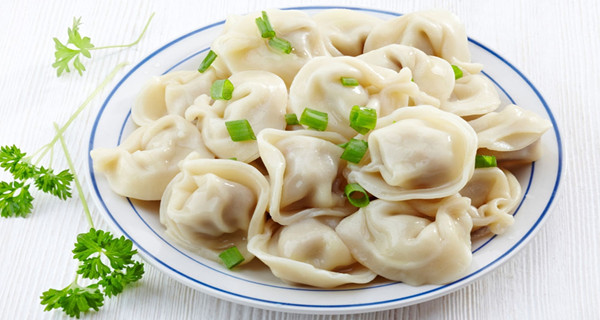January 1st on the Chinese lunar calendar is the Spring Festival in China, a time to say good-bye to the previous year, and usher in the new. Traditionally the festival starts on lunar Dec. 23 and ends on lunar Jan. 15. But people seriously begin celebrate it from the New Year’s Eve on lunar Dec. 29 or 30.

During the Spring Festival, the Chinese pay a lot of attention on the food prepared. They prepare a lot of dishes for a meal. Some food has special meaning, and some even has a story.
Lunar Dec. 29 is the New Year's Eve, and it is a time when families get together to have dinner. The dishes are rich and people express their wishes through the foods they prepare. First, the dishes prepared should be in even number, never in odd, because odd means difficulties in the coming year. Second, fish and hotpots are two "auspicious foods" to have at the dinner table. Third, people having chicken for dinner is lucky, as the word chicken is a homophone for 'accumulate' in Chinese. , "Nian gao", or "New Year Cake" is a sweet sticky brown cake made of rice flour and sugar. In Chinese, "gao" is a homonym for "high", and "nian" means "year". "Nian gao" is a homonym for "higher each year" and symbolizes improvement in life year by year. Their sweetness symbolizes a rich, sweet life and the round shape signifies family reunion. "Spring rolls" are also popular. They symbolize wealth, because their shape is similar to gold bars.
In Northern China, the most important New Year's food is dumplings. They symbolize the New Year and the old year meeting in the first hour of the day. The shape of a dumpling looks like a gold ingot-money in ancient China, which expresses a wish for a rich year. Sometimes, candies are stuffed inside the dumplings as a wish for a sweet life; and a sanitized coin may be placed in one of the dumplings. Whoever bites the coin will have good fortune in the coming year.
According to tradition in northern china, people sacrifice pork, mutton, chicken, duck and red carp to Mammon on Jan 2nd, and have 'gold ingot soup' or wonton soup, at noon, for good fortune in the coming year.
Jan 7th is the "Day for Human Beings", and people in Southern china eat "Seven-treasure Porridge", which is made of seven different vegetables, in order to dispel evil and treat many different illnesses.
People eat "tang yuan" during the Lantern Festival on lunar Jan 15th. Tang yuan is round and made of sticky rice flour filled with sweet or savory stuffing. It symbolizes family unity, completeness and happiness.
Sugar and nuts are also necessary for the Spring Festival. Generally speaking, sugar, melon seeds, earthnuts, dried persimmon cakes, oranges and apples should be prepared. Sugar symbolizes "sweetness" in the New Year; melon seeds, "many descendants"; earthnuts, "health and long life"; dried persimmon cakes, "achieve what one wishes"; oranges, "luck and wealth" and apples, "safety".Source: en.people.cn



